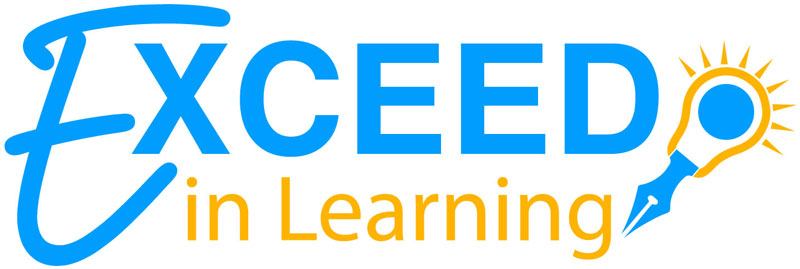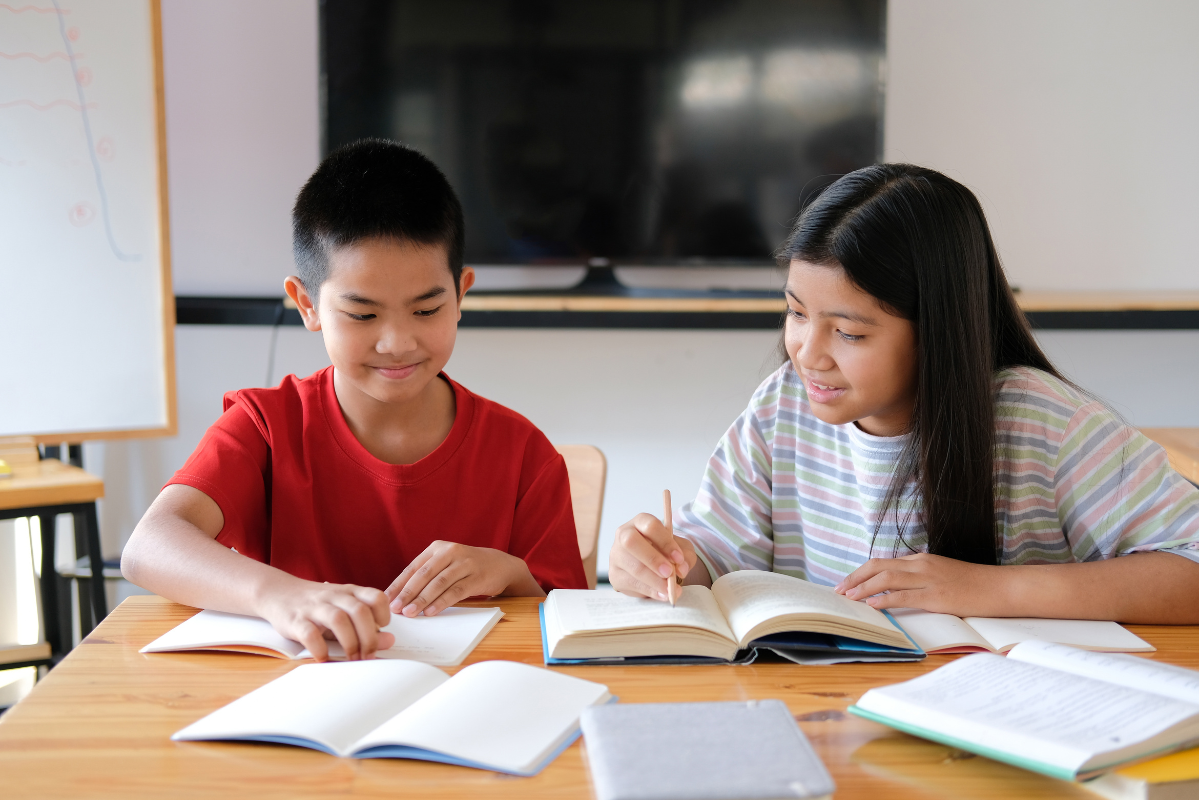Research has proven that reading affects writing and writing affects reading. But, simply UNDERSTANDING that reading and writing are connected is not enough. To help our kids develop these two critical literacy skills, parents (and teachers) must APPLY this knowledge when working with them. In this blog, I am going to share a few ideas to help you do just that.
Write Like the Books You Read
Kids have their favorite genres, or types of books, that they enjoy reading. I experience this phenomenon each week as the librarian in my school district. Trying to get kids to read something DIFFERENT every once in a while can be a struggle! But, for the purpose of THIS blog, we are going to use it to our advantage! So your child likes to read Dog Man? Encourage them to write their own graphic novel! Do they like to read mysteries or science fiction? Write a who-done-it short story. Do you have a younger child who is obsessed with all of Mo Willem’s Pigeon adventures? Have your child write their OWN Pigeon story! As your child is reading or if you are reading to or with your child, point out text structures that you see the author using and talk about it. Helping your child understand an author’s writing style will make it easier for them to use these techniques in their own writing.
Integrate Phonemic Awareness and Phonics
I wrote a series of blogs on the importance of phonemic awareness and phonics over the summer, and with good reason. Both of these skills are foundational to reading and writing. As your child is reading and writing, help them “sound out” words. Model how to break the word into “chunks” or syllables when they read. Similarly, if your child needs your help writing a word, you can use this same strategy to choose the letters to write. For younger children, rather than focusing on accurate spelling of a word, help them to understand the connection between particular sounds and letters. Often, this is referred to as “phonetic spelling”. Phonetic spelling is considered a developmental milestone when it comes to phonics, spelling and writing in grades Pre-K, Kindergarten and first grade and should be encouraged. In these grades, kids are matching sounds to letters and developing confidence to spell and write.
Offer Choice
Another effective way that parents can develop the relationship between reading and writing is simply to offer kids a choice. When taking your kids to the library, let them choose the books THEY want to read (within reason) rather than what YOU would want them to read. Encourage your child to journal every day. A journal can be used to write about daily activities, thoughts, and feelings. They can also be a way for kids to explore topics that interest them. If kids are always TOLD what they should read or write, they will more than likely shut down. At home, parents can help their children by providing them opportunities to explore through reading and express themselves through writing. The reading and writing experiences children have at home, will help them be more successful in these areas at school.
In closing, the relationship between reading and writing is a bit like that of the chicken and the egg. Except that which came first is not as important as the fact that one cannot exist without the other. A child’s literacy development depends on the interconnectedness of these two fundamental literacy skills.




